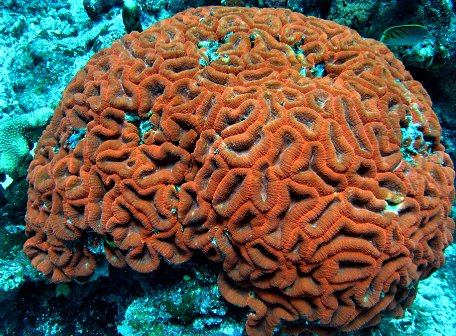
In the bioRxiv preprint here, the authors find that
the type of vagus nerve stimulation used to treat intractable epilepic seizures may open the
blood-brain barrier to penetration by the cerebrospinal fluid, increasing the "washing"
of fluid through the cells of the brain. The cause of this effect remains unclear. The effect on
CSF penetration is not likely to cause any of VNS's known effects on epilepsy. Instead, because
the vagus nerve is already known to be intimately involved with such autonomic functions as the
body's circulation, VNS's effects of brain fluid flows is more likely to be a consequence of vagus
nerve action on the circulation of the CSF lymphatic system (the "adrenergic signaling" mentioned
in the article).
Where would this effect be useful clinically? This is not clear, but the possibility of increasing
the effects of intrathecal chemotherapy on certain cancers comes to mind.
=================================================================================
ABSTRACT
Is Vagus Nerve Stimulation Brain Washing?
Kevin P. Cheng1*, Sarah K. Brodnick1*, Stephan L. Blanz1, Weifeng Zeng2, Jack Kegel1, Jane A.
Pisaniello1, Jared P. Ness1, Erika Ross3, Evan N. Nicolai1,4, Megan L. Settell1,4, James K.
Trevathan1,4, Samuel O. Poore1,2, Aaron J. Suminski1,5, Justin C. Williams1,5*, Kip A. Ludwig1,5*
One Sentence Summary: Cervical vagus nerve stimulation using clinically derived parameters enhances
movement of cerebrospinal fluid into the brain parenchyma presenting a previously unreported effect of vagus
nerve stimulation with potential clinical utility.
Abstract: Vagal nerve stimulation (VNS) is an FDA approved treatment method for intractable epilepsy,
treatment resistant depression, cluster headaches and migraine with over 100,000 patients having received
vagal nerve implants to date. Moreover, evidence in the literature has led to a growing list of possible clinical
indications, with several small clinical trials applying VNS to treat conditions ranging from neurodegenerative
diseases to arthritis, anxiety disorders, and obesity. Despite the growing list of therapeutic applications, the
fundamental mechanisms by which VNS achieves its beneficial effects are poorly understood and an area of
active research. In parallel, the glymphatic and meningeal lymphatic systems have recently been proposed and
experimentally validated to explain how the brain maintains a healthy homeostasis without a traditionally defined
lymphatic system. In particular, the glymphatic system relates to the interchange of cerebrospinal fluid (CSF)
and interstitial fluid (ISF) whose net effect is to wash through the brain parenchyma removing metabolic waste
products and misfolded proteins from the interstitium. Of note, clearance is sensitive to adrenergic signaling, and
a primary driver of CSF influx into the parenchyma appears to be cerebral arterial pulsations and respiration. As
VNS has well-documented effects on cardiovascular and respiratory physiology as well as brain adrenergic
signaling, we hypothesized that VNS delivered at clinically derived parameters would increase CSF influx in the
brain. To test this hypothesis, we injected a low molecular weight (3 kD) lysine-fixable fluorescent tracer (TxRed)
into the CSF system of mice with a cervical vagus nerve cuff implant and measured the amount of CSF
penetrance following VNS. We found that the clinical VNS group showed a significant increase in CSF dye
penetrance as compared to the naïve control and sham groups. This study demonstrates that VNS therapeutic
strategies already being applied in the clinic today may induce intended effects and/or unwanted side effects by
altering CSF/ISF exchange in the brain. This may have broad ranging implications in the treatment of various
CNS pathologies.








